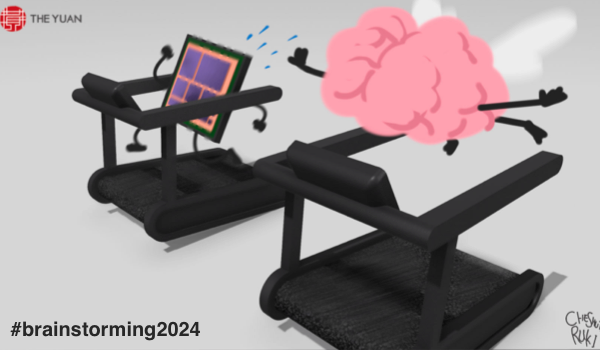


NEW YORK - The gene expression process occurs when the information encoded in a gene is transformed to a function. Gene expression is mostly based on transcription of ribonucleic acid (RNA) molecules that code for protein or non-coding RNA molecules that perform other functions. This can be imagined as being like an on/off switch that controls where and when RNA molecules and non-coding RNA are made, with the process depending on different conditions and cell types.
The product of RNA and the proteins of some genes regulate the expression of other genes, while the functional activity of a gene defines how much and where that gene is expressed.
One of the main challenges in biology is understanding the relationships between a gene’s function and diseases, as well as treating these. This biological challenge has also become an interesting topic in computer science. Many computational methods are applied for estimating gene expression, but they are often inaccurate and require high-quality data to create acceptable results. The importance of measuring gene expression relates to the link between the expression of a gene and biological process or phenotype that helps experts discover the gene function and pathways, cell functions, and other important information.
After that, biological data analysis releases this information that clinicians then use to improve disease treatment. Each biological condition or disease case is associated with a gene expression pattern known as a gene signature. Experts analyze the gene expression data, through which they then define the gene activity changes resulting from environmental factors or the condition of a disease. This enables them to uncover new solutions for addressing different biological challenges or diseases.1
Gene expression analysis provides information related to the response of cells to a disease or drug treatment. The cost of gene ex
The content herein is subject to copyright by The Yuan. All rights reserved. The content of the services is owned or licensed to The Yuan. Such content from The Yuan may be shared and reprinted but must clearly identify The Yuan as its original source. Content from a third-party copyright holder identified in the copyright notice contained in such third party’s content appearing in The Yuan must likewise be clearly labeled as such. Continue with Linkedin
Continue with Linkedin
 Continue with Google
Continue with Google








 456 views
456 views









